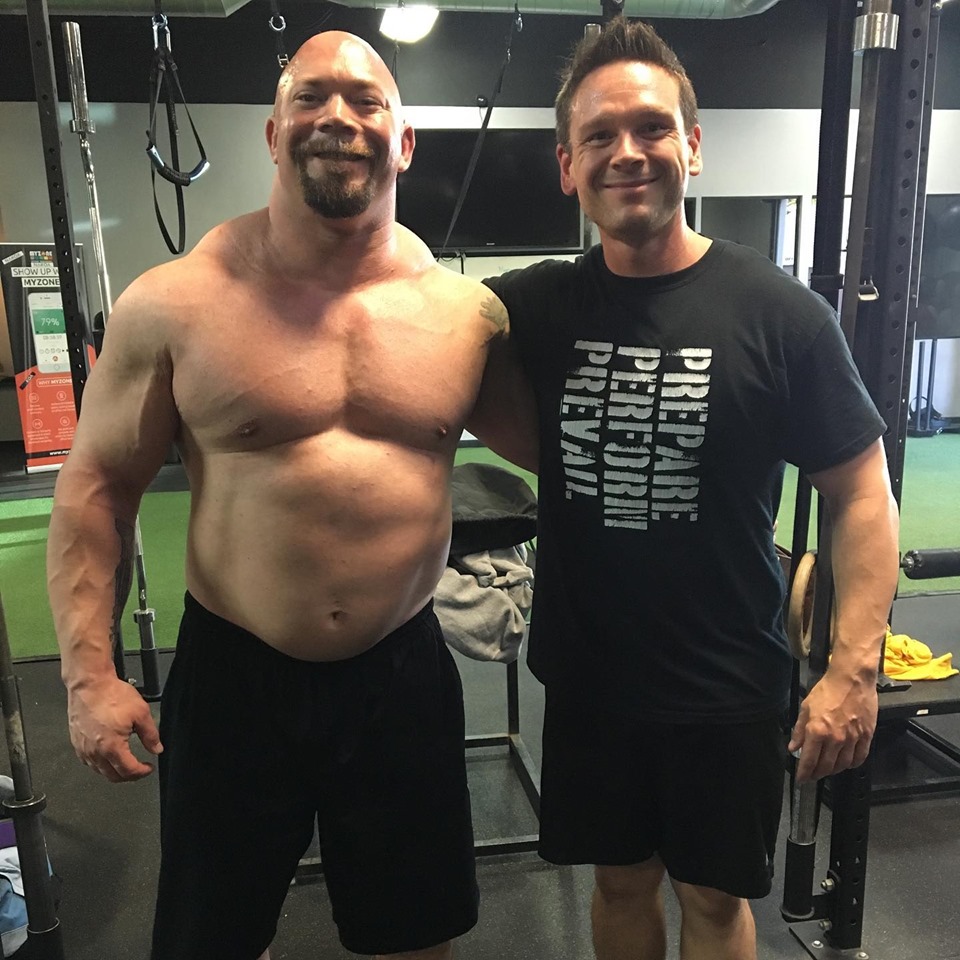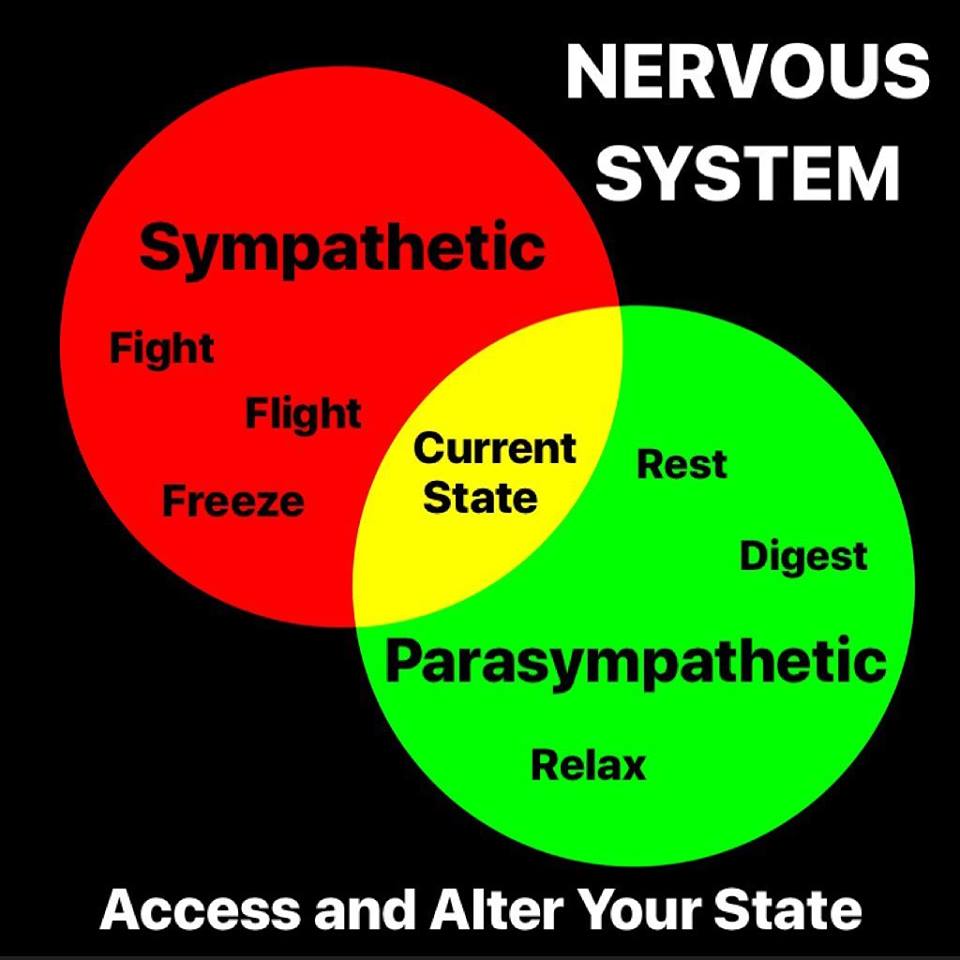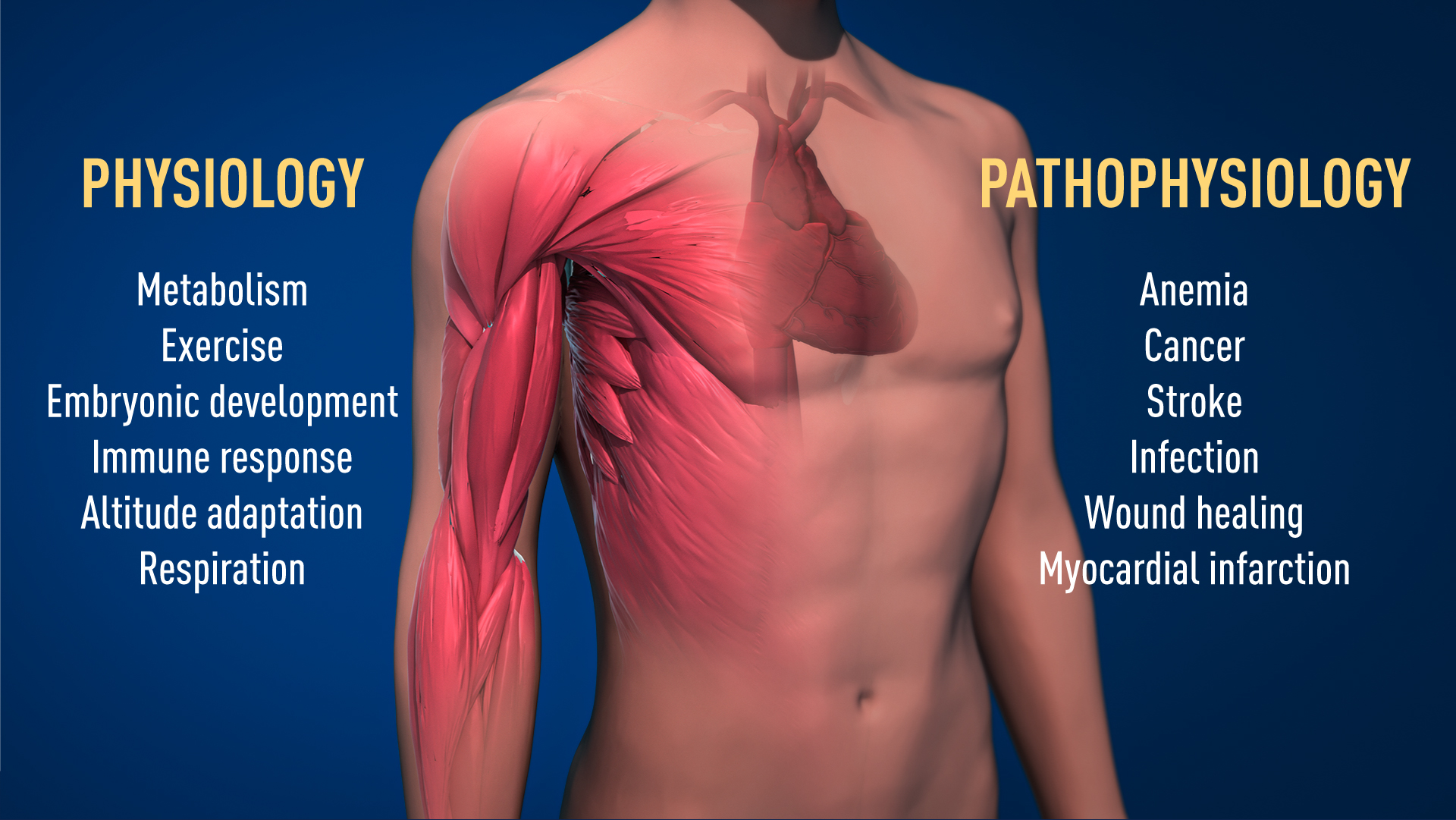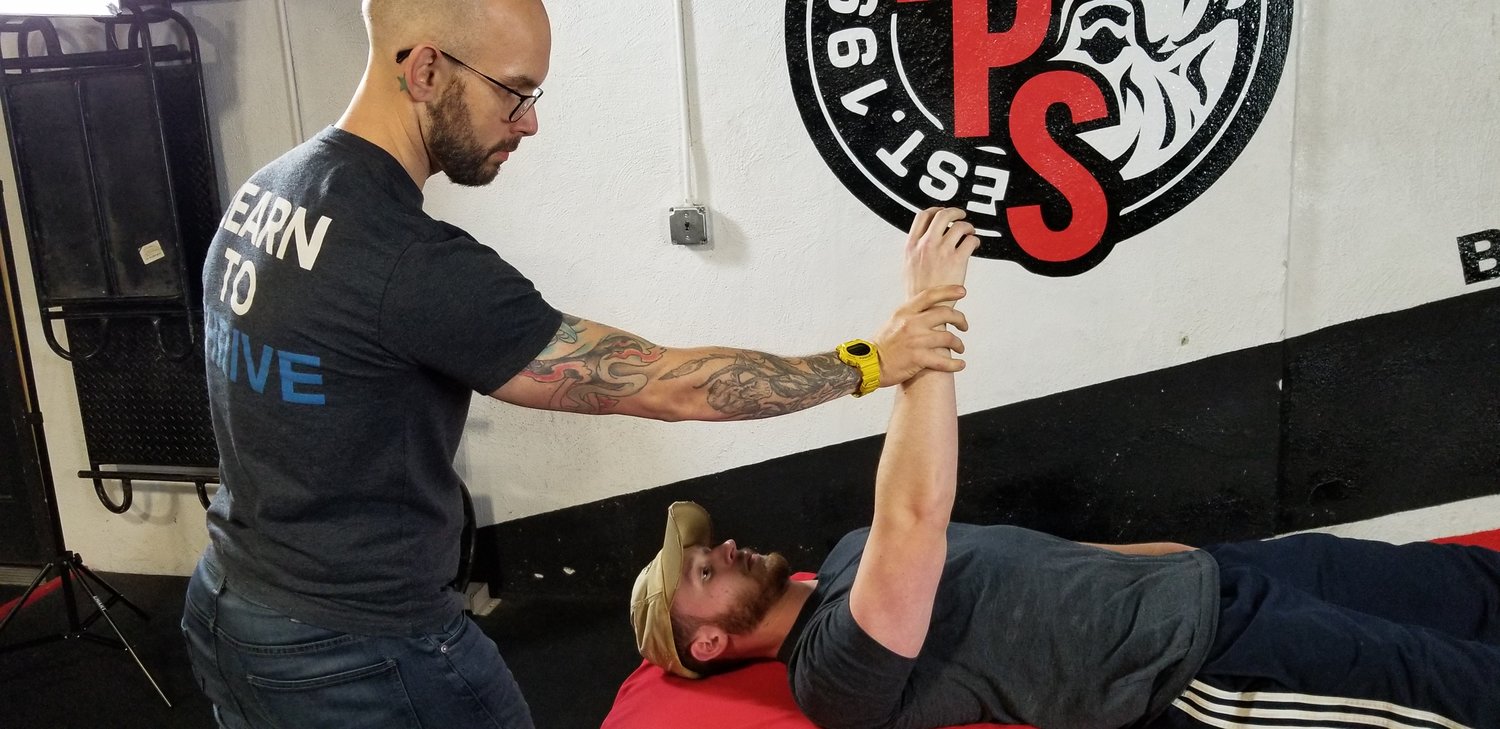“Your body has two priorities: to breathe and to move. To perform at our best, we need to do both properly. In a world of constant stress, our bodies find a way to meet those priorities by creating harmful compensation patterns.” ~Coach J.L. Holdsworth

World renowned strength coach and successful gym owner J.L. Holdsworth is an elite powerlifter whose best competition lifts of a 905 lb. squat, 775 lb. bench press, and an 804 lb. deadlift earned him the 4th highest total in the world all-time. His goal was to become the strongest man in the world when a cruel 1,100-pound squat injury ended his aspirations in competitive powerlifting for over a decade.
J.L. describes this dark time in his life as a prison. He also attributes this “Gift of Injury” to leading him on a new path. Through this difficult journey of recovery, he co-founded Reflexive Performance Reset: a system of daily self-care techniques that reduce pain, enhance recovery and increase performance.
Today he is grateful for this and travels the world teaching and empowering other coaches and practitioners to be the best they can be. He also returned to the powerlifting platform to win a world championship in the deadlift nearly a decade after that almost career-ending injury.
I had the privilege to learn the entire system directly from J.L. and I’m excited to share some profound insights here.
Reflexive Performance Reset
RPR is a simple system of breathing and self-care that allows you to feel, move and live better. RPR wake up drills use specific reflex points to reset the body and prime the central nervous system (CNS).
By resetting faulty neurological firing patterns, RPR helps to increase strength, flexibility, mood, performance and more. It can help mitigate the chance of injury and reduce pain.
The best part about RPR is that you can perform it on yourself.
How does it work? By transitioning the body out of a state of survival (sympathetic) and into performance (parasympathetic).
SYMPATHETIC VS. PARASYMPATHETIC
The more I learn about the nervous system the more I am amazed not only at the capabilities of the body but also our ability to influence and affect what’s going on inside our bodies and minds.
The autonomic nervous system has two spectrums. On one end we have the sympathetic nervous system which is the “fight, flight or freeze” mode. On the other end is the parasympathetic nervous system which is the “rest, digest and recover” calmer state.
These systems can be up-regulated or down-regulated depending on your current state and needs. Learning when, and knowing how are great skills to possess for not only conquering workouts and performances but also managing the daily stresses of life.
Managing these systems starts with awareness and knowledge which leads to action and implementation.
AWARENESS: Simply knowing about these systems will put you steps ahead of most. From there you can learn to gauge your own biofeedback and assess where you are. People tend to be more dominant in one system or the other.
Where do you fall on the spectrum?
KNOWLEDGE: Managing these systems and your response to stressors is a crucial skill in this complicated time we live in. Our bodies are built for survival and take an inventory of every input.
What does that mean? In simpler hunter-gatherer times if a lion attacked us our sympathetic response would kick in and hopefully, we would kill or escape the predator! (Fight or flight for real!)
However, in today’s world a loved one yelling at you or that stressful email from a boss signals similar stress responses. This survival mechanism is a physiological response that is wired in us to preserve life. It is meant to be experienced in short spikes. Unfortunately, if these bouts occur too often, for too long, without down-regulation and recovery we can be put into a state of sympathetic overdrive where we were never meant to live.
How do you deal with stress?
ACTION: Routinely practicing stress management will improve your mental and physical health.
When coaching clients the main limiting factors we work to improve are nutrition, activity, sleep, stress, and recovery. These “big rocks” work together synergistically to provide compounding benefits. For example, the acute stress of exercise lowers chronic stress when recovery is properly managed – this is where yoga, prayer, meditation, practicing mindfulness and many more recovery tools come in.
What do all these restoration methods have in common?
They all start with the breath: and so does the nervous system response.
This is where the power of RPR and practicing proper breath work comes in!
What actions do you take to de-stress?
THE POWER OF PROPER BREATHING
IMPLEMENTATION: Using proper breathing techniques has huge implications on our health and well-being!
We are born “belly breathers.” Sadly, the sedentary lifestyle of sitting all day in classrooms, cars and on couches robs us of the natural movement we were intended to do daily. This ̶d̶̶̶e̶̶̶-̶̶̶e̶̶̶v̶̶̶o̶̶̶l̶̶̶u̶̶̶t̶̶̶i̶̶̶o̶̶̶n̶̶̶ modern lifestyle transitions us to become “chest breathers.”
This compensation causes many undesirable side effects. Instead of focusing on the negative aspects of compromised breathing mechanics let’s look at the importance of practicing proper 360-degree diaphragmatic breathing and the numerous benefits it offers:
“The 2019 Nobel Prize in physiology was recently awarded to William G. Kaelin Jr., Sir Peter J. Ratcliffe & Gregg L. Semenza for their newest discoveries that revealed the basis for our understanding of how O2 levels affect cellular metabolism & physiological function.
The quality of your breathing mechanics is far wider reaching than just your lungs. The diaphragm is a huge massaging muscle on the gut contents. Therefore, improving breathing mechanics & diaphragm function has the potential to improve digestive, renal, adrenal, liver, uterine, ovarian, pelvic floor, bowel & bladder function.
A practical application of this discovery includes breathing exercises that can improve oxygen levels (like the Wim Hof Method & yoga). It can now be explained how these techniques can impact anemia, cancer, stroke, infection, wound healing & myocardial infarctions!” ~ Navpreet Singh Badesha, M. D.
(To learn more click HERE)

HOW IS YOUR BREATHING?
Now that you’re beginning to grasp how deeply impacting proper breathing can be take a full 360° diaphragmatic inhale. Now exhale completely.
How confident are you that you’re getting the most out of your breathing?
Unsure? If you’re like most chest-breathing Americans, whose shoulders rise when they “take a deep belly breath” then the good news is that we can correct that! And the even better news is that it doesn’t stop there.
First, we teach proper breathing mechanics. Then we cover a systematically sequenced self-massage that focuses on certain reflex points that correlate with specific parts of the body (diaphragm, psoas, glutes, etc. No advanced anatomy knowledge required.) These wake up drills are like light switches for the nervous system. They deliver neurological stimulation which primes performance, relieves dysfunction, enhances recovery and decreases pain.
(For an even deeper dive look into polyvagal theory, the vagus nerve- specifically the phrenic nerve and read: “The Oxygen Advantage” and “ACCESSING the HEALING POWER of the VAGUS NERVE.“

The NEUROmuscular System
Notice the order of the words? This intricate system isn’t called the MuscularNeuro System. Why is Neuro first? Because the nervous system is the master controller. We often overlook this and simply move onto the muscular system because the nervous system is complex and hard to measure. The good news is you don’t need to fully understand how everything works in order to use it (like the smart phone you’re holding). 
Here is a great overview from Health Direct:
“The Neuromuscular System includes all the muscles in the body and the nerves serving them. Every movement your body makes requires communication between the brain and the muscles. The nervous system provides the link between thoughts and actions by relaying messages that travel so fast you don’t even notice.
Nerves and muscles, working together as the Neuromuscular System, make your body move as you want it to. They also make sure you do things you don’t even think about, such as BREATHE.” (Read more HERE.)
Since the nervous system subconsciously controls your breathing is it then possible that learning to consciously control your breathing in specific ways could impact and influence your nervous system?
And since we have nerves that run throughout our bodies and carry signals for movements and muscle contractions is it possible to influence these nerves and send signals back where we want to by some kind of input?
Yes, it is and it’s amazing.
RPR utilizes a breathing system and builds upon that with wake up drills and neurological resets that optimize the nervous system for peak performance.
The nervous system is like the electricity of the body and the muscles are like light bulbs. If you want to turn on the lights the easiest way is to know where the right light switches are.
The RPR system it is best experienced. Until you feel it in your body you simply can’t comprehend how powerful it is.
RPR can help you move, live and feel better. It can enhance your performance on the field and in the gym. It lowers the chance of injury and decreases pain. It lowers stress, enhances recovery and is a powerful stress management tool.
Would you like to learn and experience the RPR System?
Want to improve your breathing, movement, flexibility, strength, stress and more?
Visit the STORE SECTION to learn more and setup an in-person/online consultation.
CONTACT ME TODAY TO SCHEDULE A STRATEGY SESSION TO GO OVER YOUR GOALS AND GET YOU DIALED IN.
ARE YOU OPTIMIZED?


